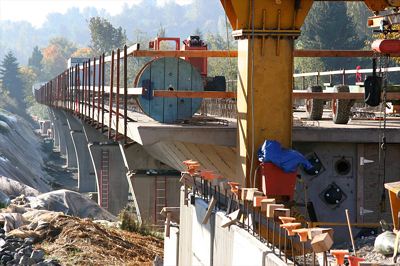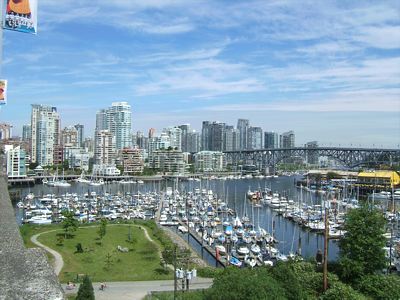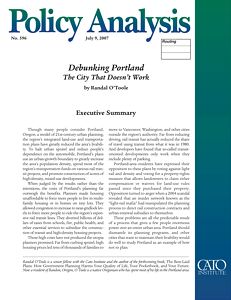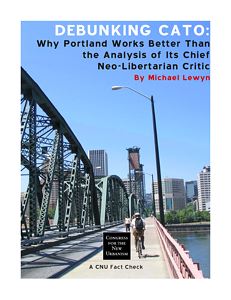How close to rail transit projects come to meeting their promises of being completed on budget and attracting the projected number of passengers? If you listen to transit agencies, almost every project is completed on time and beats its ridership goals. But those numbers aren’t very reliable as the transit agencies base their claims on projections made shortly before the projects were completed, not when the decision was made to build them.
In the early years of the Bush administration, the Federal Transit Administration commissioned a study to find out how well they were doing. The study was completed in 2003 — and the FTA then sat on it for four years. Now, they have finally released it, and you can download it here (4.4 MB Word file).

Is this light-rail project really necessary?
Flickr photo by brewbooks.










